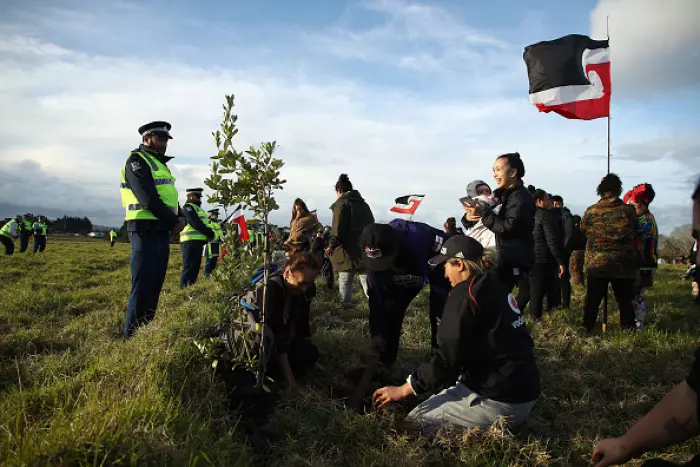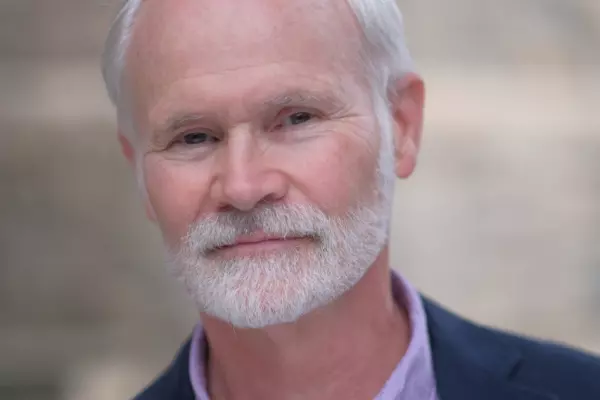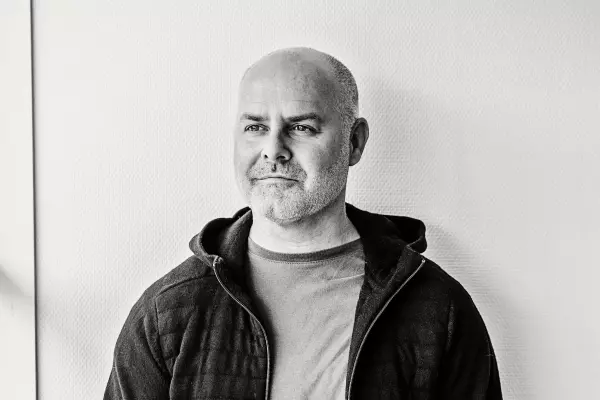Activism targeting businesses is said to be on the rise, with no shortage of recent examples. To name a few pressure groups:
• Tree protection group Mana Rākau and developers Ockham Residential tried but failed to agree on the fate of a large macrocarpa at least 120 years old in Avondale, Auckland, earlier this year.
• Save Our Sounds opposition saw King Salmon walk away from a plan to develop new farms in the Marlborough Sounds.
• Honour the Maunga is trying to stop the felling of exotic trees on Auckland’s Mt Albert summit and replacing them with natives.
• Stop the Chop was launched in July to fight the felling of trees on private land in urban centres nationwide.
Readers will be able to think of many other examples, ranging from Māori land protests (Ihumātao in Māngere, Auckland – solved with government money), to Ports of Auckland extensions (currently awaiting a decision from the government), to cycleway proposals (here, there and everywhere), to construction of a marina on Waiheke Island (tensions heightened to the point of fisticuffs).
If it seems that trees attract more lobbyists than fish as a rule, perhaps that’s because it is easier to hug a tree than a salmon.
These encounters leave many people bruised and few people satisfied on either side. Achieving any sort of resolution – even a disappointing one – can take years and millions of dollars. Which is why businesses and activists are increasingly front-footing it in the hope of pre-empting stoushes.
Nations can negotiate peace treaties, revised borders and nuclear non-proliferation accords, yet at a community level, it seems much harder to reach a compromise on where a few houses should go or how many holes a golf course should be allowed.
One industry that is not under threat from activists is public relations. The contradictory soundbites of spin doctors don’t just muddy the waters, they can make it seem like there is a tsunami when there is really only a ripple.
Is activism on the ground really increasing, or is this more perception than reality? Business New Zealand chief executive Kirk Hope says it is definitely growing – among people who tweet.
The reality, he suggests, is considerably less torrid than it appears on Twitter. “I do think if you are driven by some forms of social media, you will get a very skewed picture of what is going on. That happens frequently.”
But he agrees that businesses are adjusting to even this level of activism.
“If you look at the way that businesses are starting to look at their strategy,” says Hope, “taking a purpose-led approach and a stakeholder approach has enabled them to address concerns before they break out into a much more hostile public arena. Sophisticated businesses have been doing that for a reasonably long period of time.”
It’s in their interest to do so. As Hope points out, there are two main areas of risk for a company wherever there is the sort of controversy that attracts activists: financial and reputational. “Businesses become much more attuned to a risk assessment that encompasses reputational risk,” he says.
He adds that it is vital for businesses to engage with such critics. “The way in which businesses will try to deal with issues on social-media platforms is to ask and answer valid questions and try to ensure there is balance to the perspective. Also, take some of the heat out of it by saying, ‘Here are the things we have done.’ So they are very factual.” Facts tend to generate less heat and provide less room for arguments to escalate into emotional tit-for-tats.
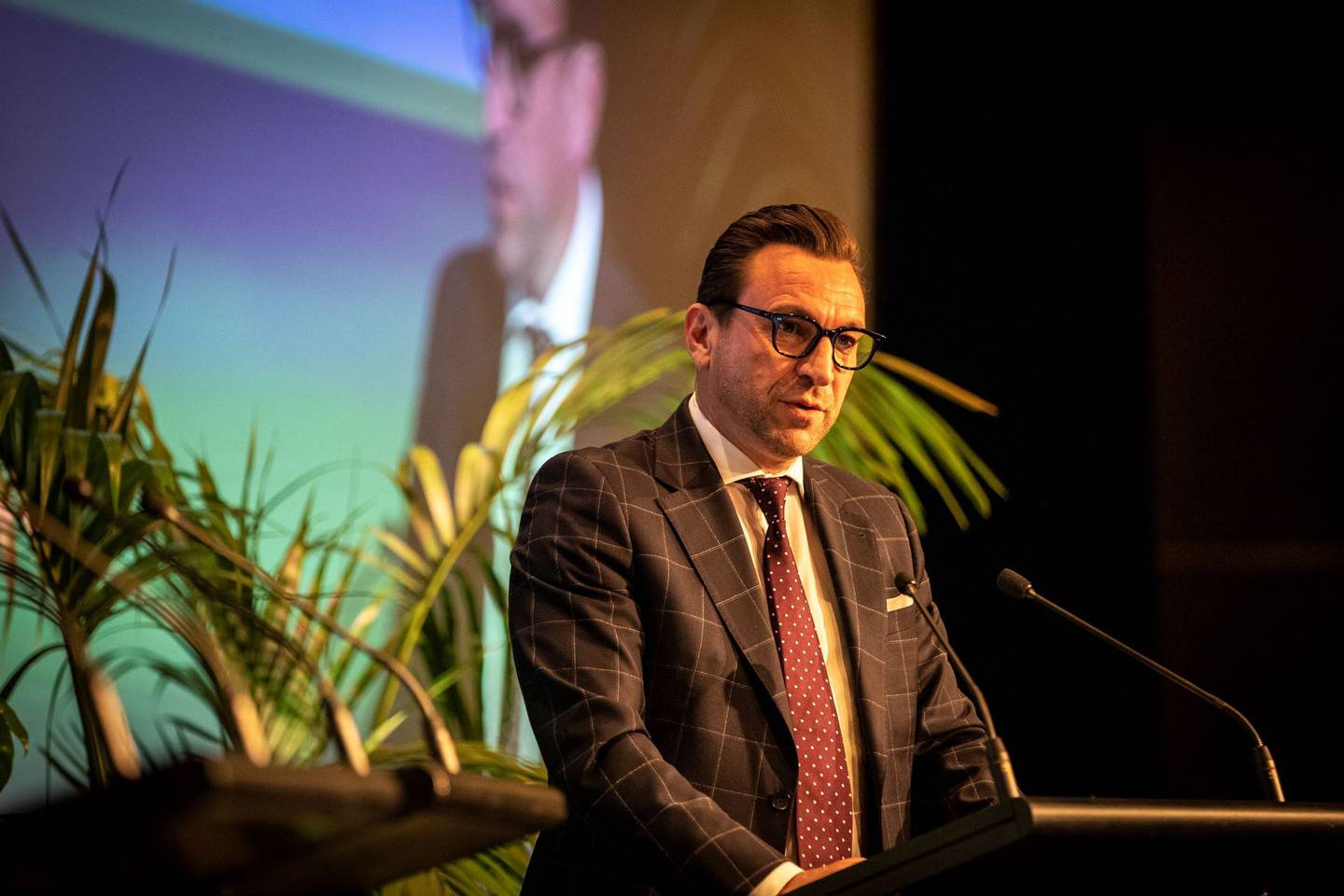 Business New Zealand CEO Kirk Hope. Photo: Supplied.
Business New Zealand CEO Kirk Hope. Photo: Supplied.
Hope’s advice echoes that of Brayden King, professor of management and organisations in the Kellogg School of Management at Northwestern University in Illinois. Talking to that institution’s Kellogg Insight magazine, he points to Nike in the 1990s as an example of how far corporates can go to engage with activists – and how it can be to their benefit. Nike eventually invited critics concerned about its use of sweatshop labour on board and worked with them inside the company to deal with the issue.
Former Green Party MP Sue Bradford would approve of that. Speaking for those on the other side of the activism equation, the veteran campaigner says the first rule is to keep communication going. “Whatever the issue, I have had a principle since my early days that our group should be open to speaking to anyone from the ‘other side’.”
And, beyond that, speak in a way that gets the message across clearly to the organisation involved as well as to the public. Social media is rife with counter-productive comms.
“If you occupy a building or run through a police line, it needs to have a clear purpose that is easily visible,” says Bradford. “You have to have people representing the action who can explain it in the media. People need to know why you are occupying someone’s lawn.”
Hope echoes this emphasis on keeping communication lines open, which should be done “by responding, by answering questions, and by doing it in a balanced and reasonable way, trying to answer valid points that may have been raised”.
No one is saying you have to enjoy it. “Businesses may not like the way points were raised, but put that to one side and say, ‘Even though I don’t like the tone you’re using, the question is valid’.”
And the earlier an organisation starts communicating, the better, says Hope. “You should probably begin in the planning stages. Do a stakeholder assessment and look at who will be for and against whatever you choose to do. Have a pretty rigorous look at the reasons why people might oppose what you’re proposing. You’re not always going to be able to provide all the solutions, but the listening is at the core.”
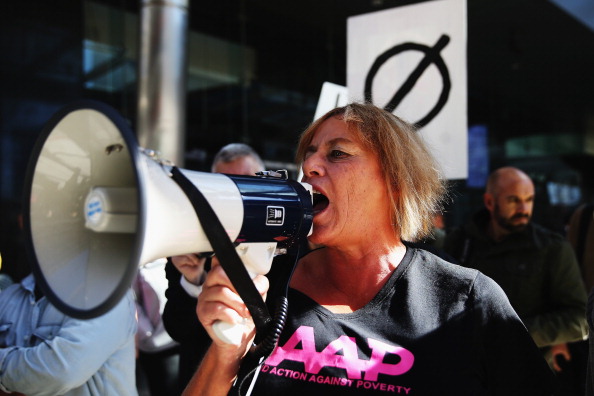 Veteran activist Sue Bradford. Photo: Getty Images.
Veteran activist Sue Bradford. Photo: Getty Images.
Sometimes, even with the best will in the world, it is just not possible to come up with options that will include something for everyone. Some obstacles are just too great, and people will walk away from a project (or possibly take it overseas). In particular, says Hope, if issues around resourcing, planning and the economics of a project are too challenging, businesses will cut their losses.
The same goes for the other side. Bradford says sometimes the cost of the fight is greater than any positive outcome could be, at which point, efforts should be diverted elsewhere.
“One of the things groups I have been in have used is the ‘action reflection model’ of analysing whether a campaign or one-off action has achieved anything. Were there 10 arrests – then what was the benefit? What worked, what didn’t, what could have gone better, did we succeed, was it worth it? We will stop because we have achieved or stop because we are not going to get anywhere. A group has to learn from its activities.”
Businesses go through the same process, but with labels such as ROI, KPI and performance review.
Although social media may be counter-productive and needs to be treated with a large dose of scepticism, mainstream media still play a significant – and slightly more reliable – role in how disputes play out, and business should not underestimate their usefulness.
“It is still a really important part of how people access balanced information,” says Hope. Engagement is vital here, too. For everyone fighting to get their point of view heard, there is someone who would rather not say anything.
“Sometimes people get quite defensive and don’t want to be in a story,” says Hope, pointing out that it is impossible to provide a balanced account if you can report only one side. “Really understanding that is important.”
And consequently, it is better to say something rather than nothing because, although business might wish that activists and their complaints would just go away, it is clear they won’t. But it is equally clear companies can do something about it.


